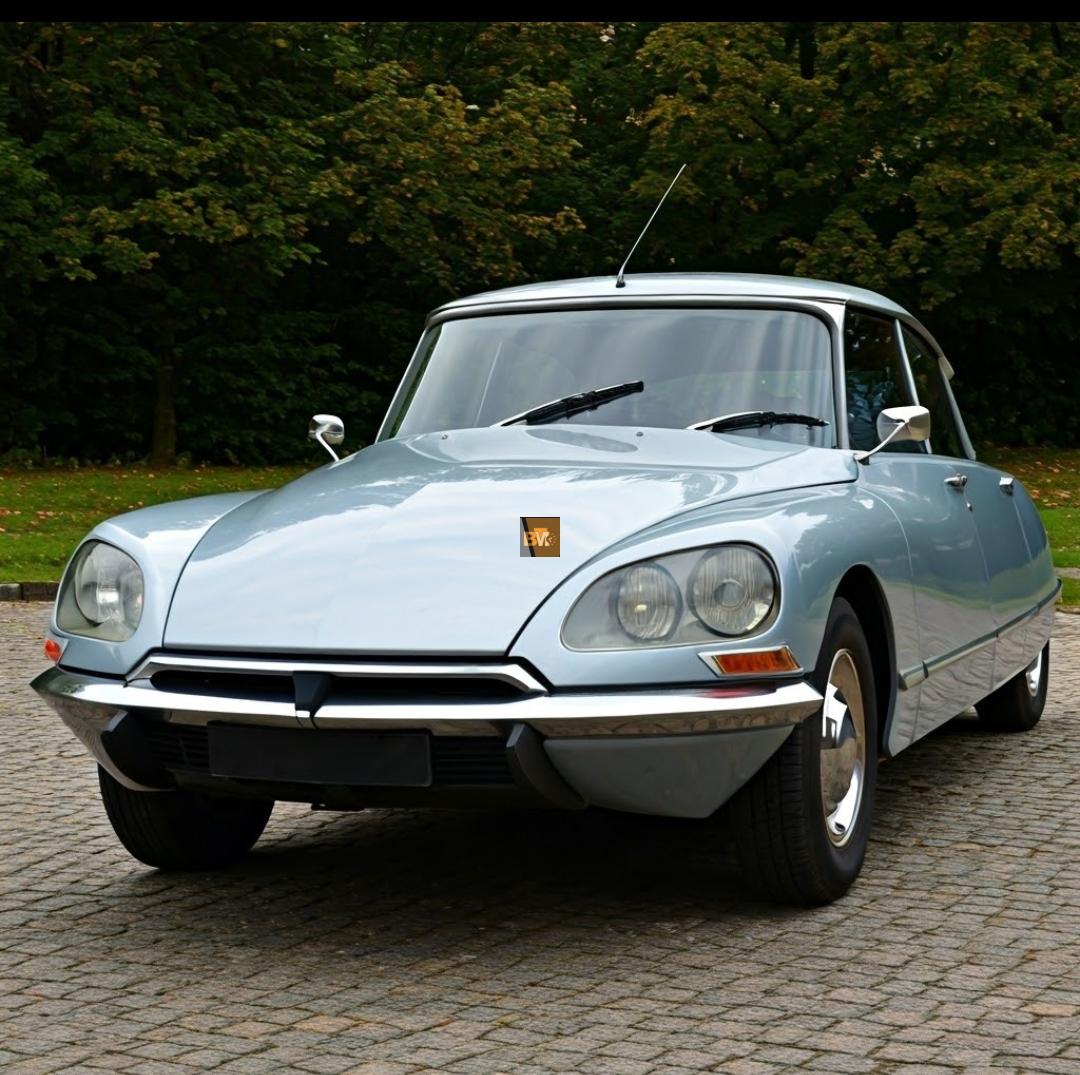Every now and then an automobile comes along that makes a significant impact on the automotive world by being radical in its design. These cars were pushing the boundaries of aesthetics, engineering, or both. Here are a few notable examples that stood out as revolutionary for their bold or unconventional designs.
1. Tatra 77 (1934)
The Tatra 77 was the world’s first production car designed for aerodynamics, with a teardrop shape that reduced drag and a rear-mounted, air-cooled V8 engine. Its long, sweeping bodywork, tail fin, and streamlined fenders made it look like nothing else on the road. This Czech car was highly advanced for its time, laying the foundation for future aerodynamic automotive designs.
2. Lancia Aprilia (1937)
The Lancia Aprilia broke away from the boxy shapes of its time, introducing one of the first truly aerodynamic designs based on wind tunnel testing. It featured a sleek, streamlined body with rounded lines, a monocoque chassis, and advanced engineering, such as independent suspension and a narrow-angle V4 engine. This combination of aesthetics and technology made it a forward-thinking car long before aerodynamics became mainstream in car design.
3. Citroën DS (1955)
The Citroën DS was a technological and design marvel when it debuted at the Paris Motor Show. With its futuristic, spaceship-like body, designed by sculptor Flaminio Bertoni, the DS boasted hydropneumatic suspension, power steering, and the first production car to have disc brakes. Its smooth, flowing lines and aerodynamic shape, paired with advanced features, made it look like a car from the future.
4. Lamborghini Miura (1966)
The Miura redefined the concept of the sports car with its mid-engine layout, a departure from the traditional front-engine design of its contemporaries. Styled by Marcello Gandini of Bertone, its low, curvaceous body and aggressive stance gave it a uniquely exotic appearance. The Miura set the template for the modern supercar and was visually groundbreaking, with its “eyelash” headlight surrounds and elegant curves.
5. AMC Pacer (1975)
The AMC Pacer was one of the most unusual cars of the 1970s. Its wide, bubble-like design, featuring large expanses of glass that created a “fishbowl” effect, was unlike anything else on the market. Its proportions were unconventional—small in length but wide in stance, aiming to provide a compact car with more interior space. Despite its odd looks, it garnered a cult following for its quirkiness.
6. DeLorean DMC-12 (1981)
With its gull-wing doors and brushed stainless-steel body, the DeLorean DMC-12 was as futuristic as it was unconventional. Its stainless-steel panels set it apart from traditional painted cars, and its design, penned by Giorgetto Giugiaro, was angular and minimalist. Although its fame skyrocketed due to Back to the Future, the car’s radical design made it stand out even before its cinematic fame and despite its lack of commercial success.
7. Ford Sierra (1982)
The Ford Sierra introduced the “jellymould” design, replacing the sharp, boxy lines that dominated the 1970s with a more rounded, aerodynamic look. This controversial shift in design language, engineered for improved fuel efficiency, initially polarized buyers. However, its smooth, flowing bodywork helped influence the design of family cars for decades to come.
8. Volkswagen New Beetle (1997)
The New Beetle revived the iconic design of the original VW Beetle but with a modern twist. Its bubble-like shape, which closely mirrored the beloved original, sparked the trend of retro-modern car design. Combining nostalgic looks with modern technology, the New Beetle became a cultural symbol, representing a blend of the past and present.
9. Fiat Multipla (1998)
The Fiat Multipla’s design has often been described as polarizing. Its wide body, awkward proportions, and a unique “two-story” front end (with an extra set of headlights beneath the windshield) gave it an almost cartoonish appearance. However, its innovative interior space and functionality made it a practical vehicle, even if its aesthetics were divisive.
10. Renault Avantime (2001)
The Renault Avantime was a bold experiment in combining a luxury coupe with an MPV (multi-purpose vehicle). Its unique one-box design, pillarless windows, and tall stance were unconventional for a car aimed at luxury buyers. Though its commercial success was limited, it remains a unique and forward-thinking design in automotive history.
11. BMW i3 (2013)
The BMW i3 was groundbreaking not just for being an electric car but also for its innovative use of materials and design. Its construction involved carbon-fiber-reinforced plastic to reduce weight, and the design incorporated sustainable materials such as recycled plastics and natural fibers. Its futuristic, minimalist exterior design—with a tall, narrow shape and distinct two-tone body—was a departure from traditional car aesthetics.
12. Tesla Cybertruck (2023)
The Tesla Cybertruck shattered the norms for what a pickup truck should look like. With its angular, geometric design and body of stainless steel plate, the Cybertruck looks more like an armored vehicle from a sci-fi movie. Its minimalist design, sharp edges, and futuristic appearance challenge the conventional boxy designs typically associated with pickup trucks.



Leave a Reply